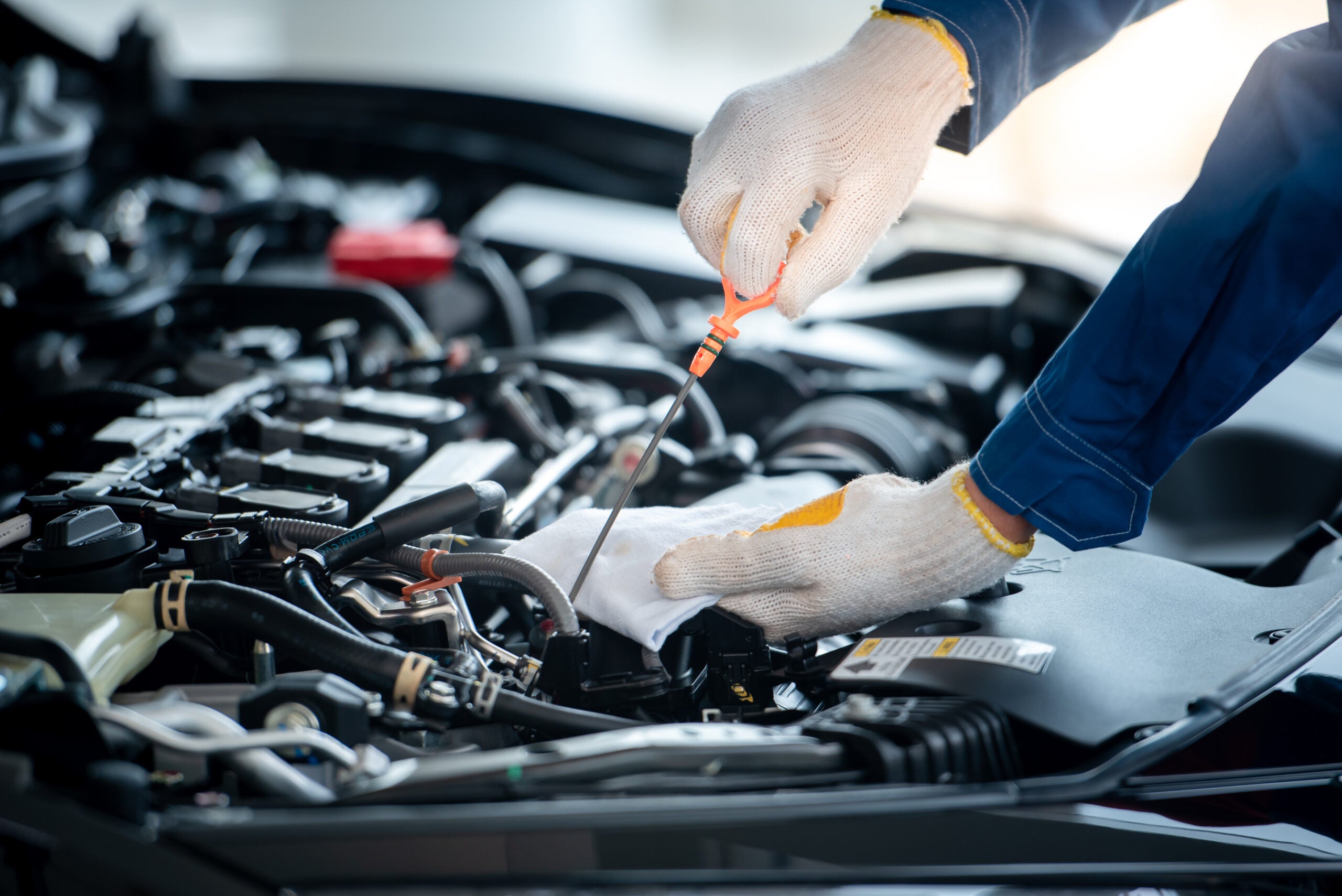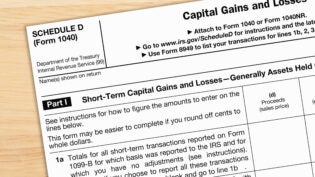Yes, Even Car Color Matters When Evaluating Vehicle Depreciation Costs
By: Doug Kelley
The management of fleet vehicles is inherently costly, but the biggest fleet expense is by far the depreciation of vehicles, followed by fuel costs. Depreciation will be dependent on your business vehicles age, mileage, vehicle type and model, as well as your acquisition costs. But how can you manage the depreciation of your business vehicles to achieve the lowest hit that you can in this area?
Pre-purchase strategy
Even prior to purchasing or leasing your company cars, there should be a strategy in place to limit depreciation. To understand how vehicle color impacts depreciation costs and explore cost-effective solutions, learn about no paint dent repair methods that can help maintain your car’s value without compromising its appearance. By selecting the lowest depreciating vehicles that will still perform all your required vehicle functions, you will be able to minimize your depreciation expense.
By performing calculations based on historical resale data you will be able to group and order vehicles from your selection by depreciation levels. It is important to remember that the least expensive model isn’t always the one that will perform best to combat depreciation.
This, along with retail demand and other lifetime costs such as fuel, maintenance, taxes and cost of capital should all be evaluated as part of the decision. A whole-life costs/Total Cost of Ownership (TCO) approach to is the best way to look at your spend holistically. Such whole-life costs will include shifting costs which are hard to predict such as interest rates, funding costs, fuel costs and even fleet insurance costs.
Choosing the correct vehicle for the job
Correctly spec’ing the vehicle can directly impact in the context of depreciation. Sometimes even the color choice can affect and impact on the ability to remarket the vehicle, so putting limitations in place for your employees choosing their vehicle is a good idea. It can be difficult to find the right balance between what serves the fleet as well as meeting the requirements of the market for resale opportunities.
You should take careful consideration when determining if you allow any factory up-fits also. In most cases up-fits depreciate at a much faster rate than the vehicle itself, so once again you need to balance your actual needs against what it would just be nice to have.
Looking after the vehicle
It will be important once a vehicle is on your fleet schedule to make sure it is well maintained. This means both inside and out, ensuring repairs on dents, scratches, tears, and smells are cared for with just as much respect as for maintaining the inner working of the vehicle. Management should keep a detailed maintenance history to help with the resale value.
Communication and management of driver behavior should also not be under-estimated as excessive speeding, fast-starting, harsh acceleration and braking can all cause more rapid wear and tear.
Maintenance costs
By keeping maintenance work in check, you can ensure the safe running of a vehicle, but also limit depreciation levels. As your fleet ages, the cost of maintenance will rise, and some increases can become more dramatic as major components begin to fail. Once costs begin to rise, vehicle replacement is probably a good consideration. Unexpected maintenance of older vehicles can affect downtime and therefore sales and revenue.
A warranty also has a direct effect on lowering the maintenance costs, so when warranties are expiring it may be worth considering fleet replacement. The goal should be to replace your company vehicles at the time when lifetime costs are still at their lowest point.
Timing the sale
Disposing of your fleet vehicles is all about timing and you should be open to changes in fleet replacement cycles should the market begin to vary from your original assumptions. When there is a strong market for used vehicles then it may be worth your while cycling vehicles earlier than previously intended and vice versa.
Most vehicle prices tend to be at their highest in the Spring, so this is often the best time of the year to wait until for cycling your fleet vehicles. However, by hanging on to a vehicle for a bit longer then you are still incurring costs so once again you need to weigh up if this wait will be worthwhile.
2655 Views













